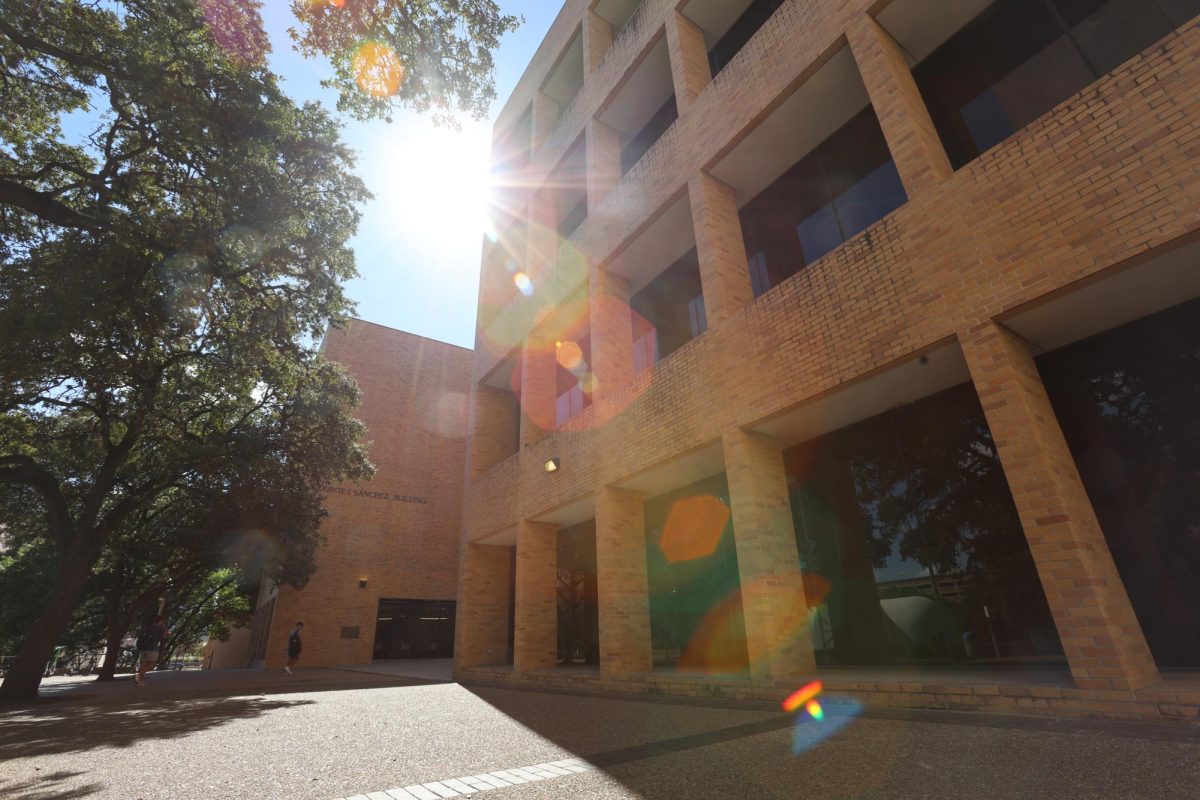Students pay more than what it costs universities to educate them, according to a report released by a higher education research center.
In the policy paper “Who Subsidizes Whom?” three researchers from the Center for College Affordability and Productivity challenge what some universities consider spending on education. The report explores the methodology universities use to claim they subsidize undergraduates.
“Although total university spending is often in excess of the tuition charges students pay, in reality, only a portion of many institutions’ budgets go directly to educational spending, meaning that many schools spend large amounts on things totally unrelated to educating students,” the authors said in a statement.
The study determined whether spending on research and public service or on certain student support services and administrative costs count as spending on education. The authors compare expenditures directly related to student education — including utility and maintenance costs and faculty salaries — with the money the school receives from the students. Researchers found almost 70 percent of public research universities receive more than they spend on students.
Although unfamiliar with the report released this month, UT Chief Financial Officer Kevin Hegarty said these studies often “look at data in a vacuum.”
He said the University could not operate without staff administrators or self-funded auxiliaries, including the Division of Housing and Food Services, but these auxiliaries do not factor into the budget for the academic core. The University defines the academic core as expenditures for education and instruction. At UT, the academic core makes up nearly $1.2 billion of the $2.2 billion total operating budget.
Separate from the academic core, Hegarty said $450 million of the $695 million the University calls academic enhancement comes from research contracts and grants outside the University. The study excludes this type of spending from the cost of an education.
“The debate is what is the value of research in relation to classroom education,” Hegarty said.
The opportunity to participate in research supplements undergraduate education.
Chemistry honors senior Matthew Welborn said he has participated in theoretical chemistry research since his second semester at UT.
He started in the College of Natural Sciences Freshman Research Initiative, which gave him a scholarship through his sophomore year. The program allowed him to continue developing original research to model and study chemical processes and properties through computer simulations of reality.
He said his research, which he conducts on a daily basis, helps drive home some of the more abstract concepts he learns through practice.
“Something I don’t know if people think about is that it serves as a very good complement to the work I do in the classroom,” Welborn said “You can take the things you learn and then apply them in a very direct way.”
—
Revenue from tuition and state appropriations: $860 million
Academic Core/Enhancement (including research funding): $1.8 billion
Total expenditures: $2.2 billion




















